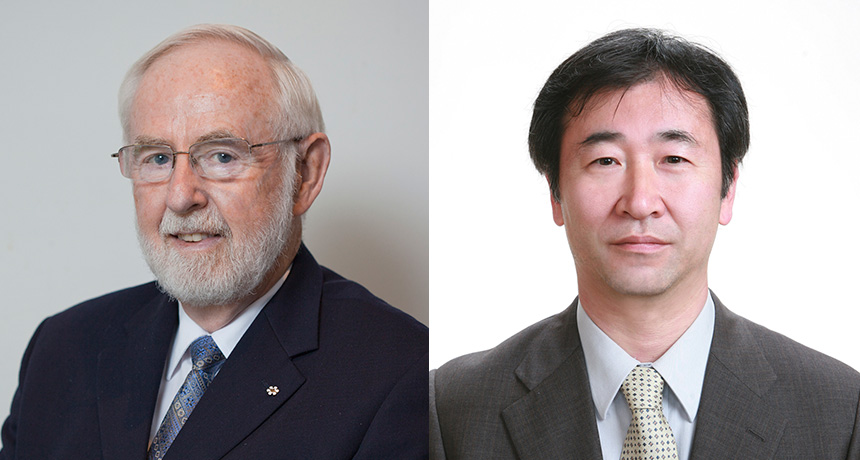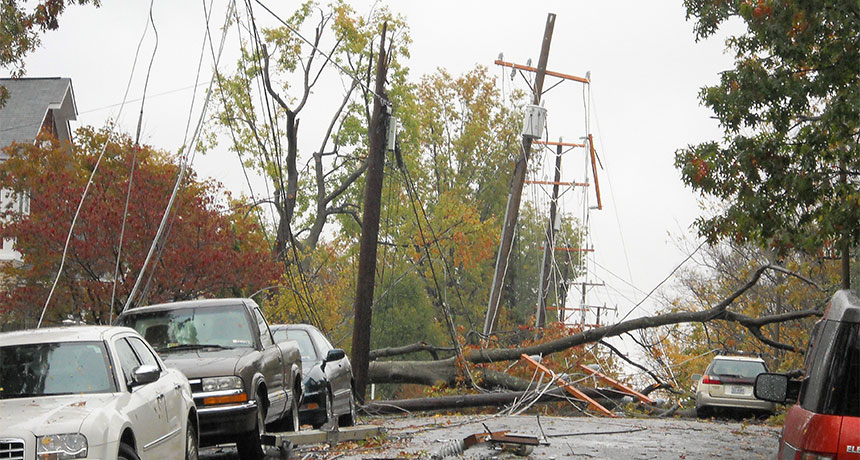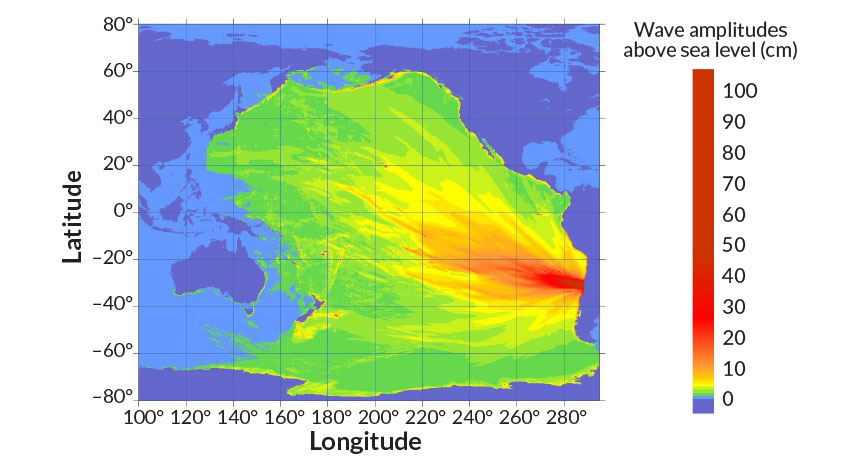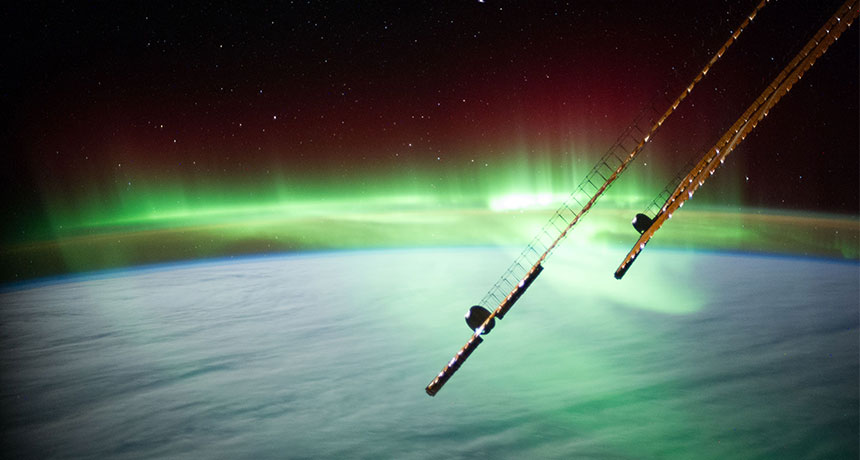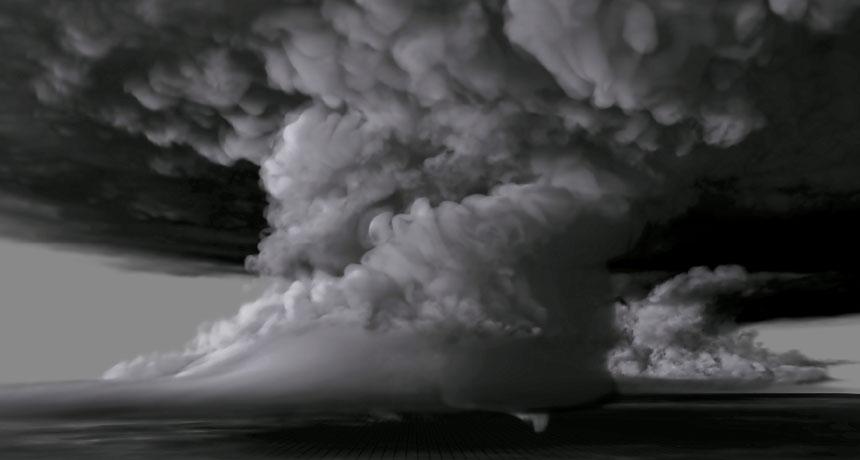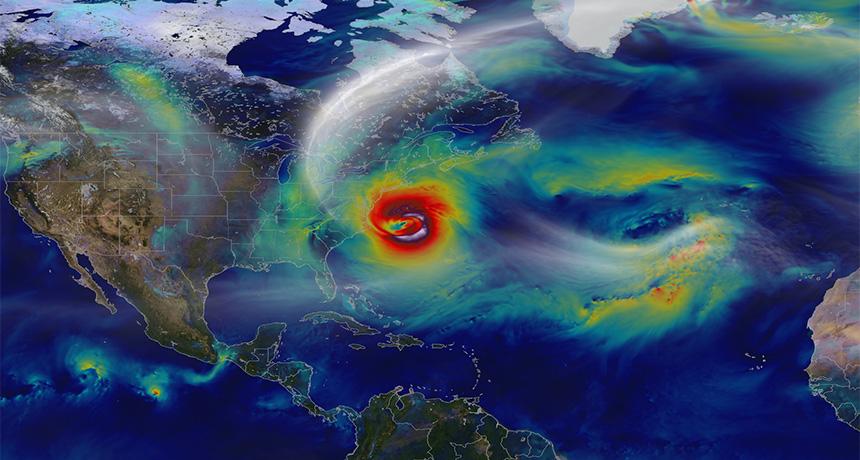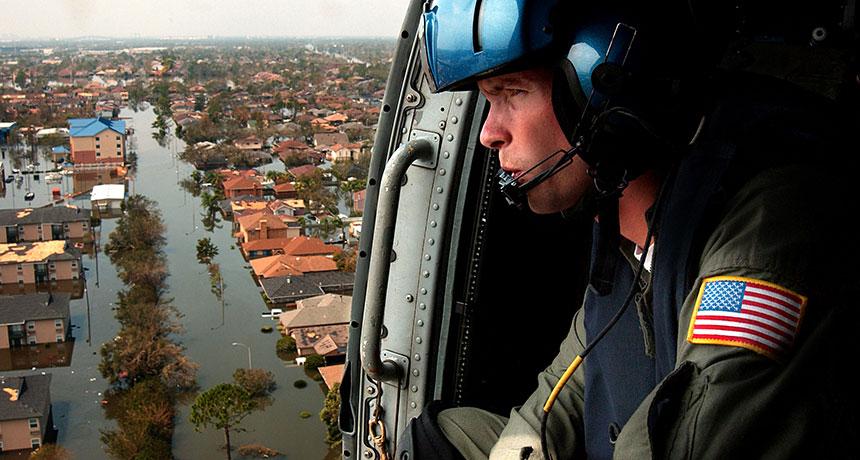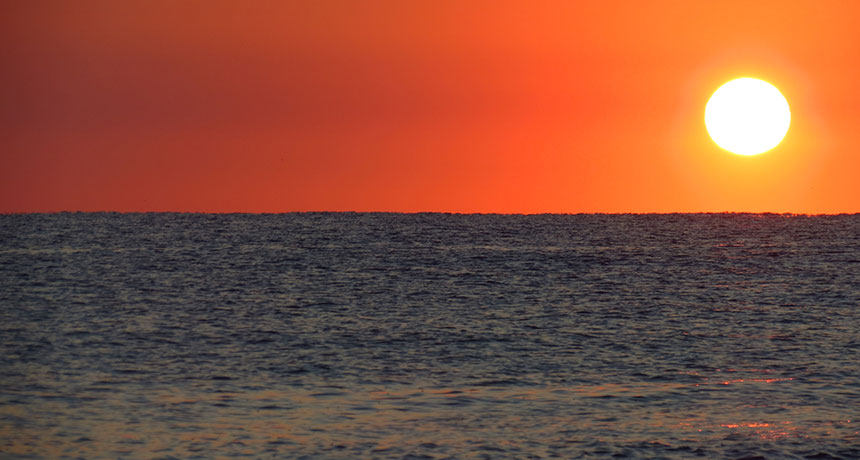
Oxygen in Black Sea has declined by more than a third since 1955
Science News, October 2015The Black Sea’s toxic underside is approaching the surface, new research finds. Comparing measurements collected from 1955 through 2013, researchers discovered that the sea’s oxygen-rich top layer shrank by more than a third from 140 meters to 90 meters deep. That oxygenated layer supports a marine ecosystem and separates the atmosphere from the world’s largest reservoir of poisonous hydrogen sulfide gas.
